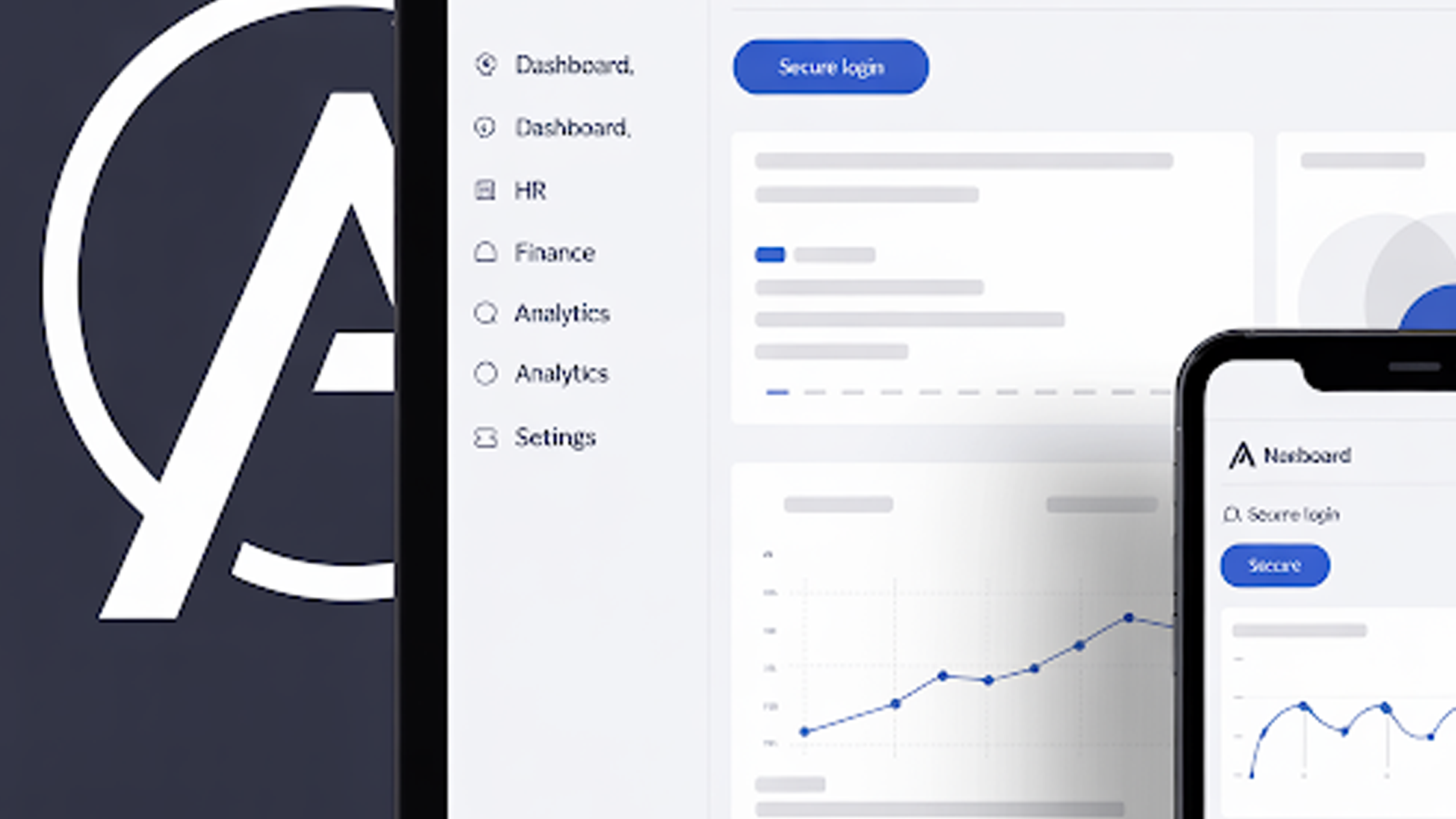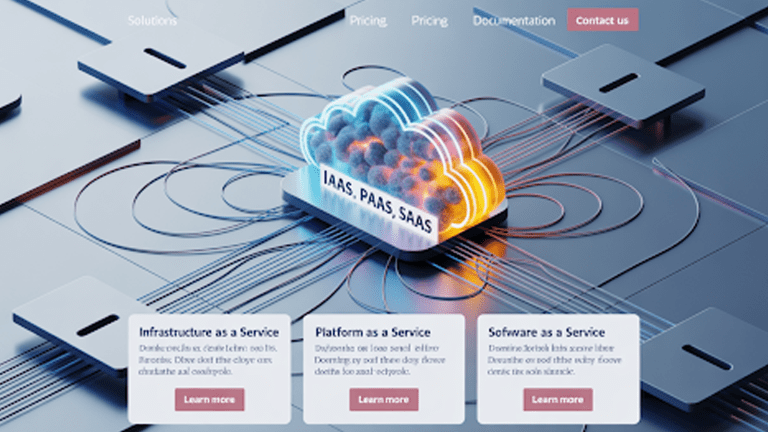Internal portals function as the core infrastructure of enterprise systems. You can find them in HR platforms, finance dashboards, project trackers, and knowledge bases.
They are designed to handle sensitive credentials of the firm. They manage sensitive data, support large user bases, and maintain consistent performance under significant workloads.
When enterprises look for a framework to power these systems, Angular often rises to the top. It offers more than a set of tools. It gives you a structured foundation for routing, forms, state management, and testing.
Instead of stitching together libraries, teams get a complete solution. That stability makes internal portals easier to scale, maintain, and trust over the long run.
Why Angular Fits Enterprise-Grade Internal Portals
Enterprise software demands stability, security, and consistency. Angular delivers this through a complete framework with a clear structure. It avoids the fragmentation that comes with lightweight libraries.
By offering built-in tools for routing, state management, forms, and testing. Its opinionated design gives enterprises confidence that projects will scale in a predictable way.
For portals that evolve over years, predictability outweighs fast setup. Enterprises need a codebase that stays readable and consistent as teams expand. Angular enforces that discipline. This is why companies like Google, Microsoft, and Deutsche Bank trust it for applications that cannot fail.

The value of Angular is clear. Yet many enterprises still end up with portals that fall short, often because they worked with inexperienced agencies. At Pure Website Design, we specialize in enterprise-grade Angular development.
Our team writes clean, scalable code and builds strong security layers. As a specialist Angular development agency, we optimize performance for large user bases. We design systems that are reliable, easy to maintain, and built to last.
Tell Us What You Need – Start Your Journey Today!
Share your project requirements, and we’ll guide you through a seamless development journey to bring your ideas to life.
How Angular Simplifies Development at Scale
When your portal grows, the code often gets messy. Things break, and systems turn complicated fast. With Angular, you don’t face that chaos. The framework gives you structure and practices that keep projects manageable.
- Modular architecture: You can split the app into feature modules. Each one is built and deployed on its own.
- TypeScript integration: You catch errors before they hit production. Strong typing keeps code quality high across large teams.
- Dependency injection: You reuse services instead of rewriting them. It keeps your code cleaner and easier to maintain.
- Lazy loading: You only load the modules people need, which keeps performance sharp.
- CLI tooling: You scaffold, test, and build with simple commands. No wasted effort.
- Robust testing support: You get unit, integration, and end-to-end testing right out of the box.
These features keep enterprise codebases consistent. Teams scale without losing structure. With Angular, large portals stay predictable, reliable, and sustainable.
Why Enterprises Value Long-Term Support
Frameworks come and go, and that is a risk you cannot take with enterprise software. Short-lived tools create uncertainty.
Angular avoids that problem. Backed by Google, it follows a clear release schedule and provides Long-Term Support (LTS). Each major version is supported for 18 months, with a predictable upgrade path.
This matters when your portal is built to last for a decade or more. An HR system you launch today will need to adjust to new authentication rules or accessibility standards tomorrow.
With Angular, those updates happen gradually, not through disruptive rewrites. You can plan upgrades with confidence, knowing the framework will not be abandoned.
Security Strengths that Support Enterprise Portals
Internal portals handle sensitive data like payroll, contracts, and compliance reports. That makes security non-negotiable.
Angular takes care of this from the start. Its templating system blocks threats such as cross-site scripting (XSS). Its HTTP client makes secure API calls simple, with sanitization handled by default.
It also connects easily with backends like Node.js, Java Spring Boot, and .NET APIs. Strong typing on both sides keeps data pipelines cleaner and less vulnerable.
For industries like banking and healthcare, where audits are strict and breaches are costly, these built-in protections give enterprises the confidence they need.
Performance Benefits for Data-Heavy Portals
Performance is often underestimated until a portal slows down. Internal portals deal with tables, charts, and dashboards loaded with real-time data. Angular uses Ahead-of-Time (AOT) compilation to optimize code before it runs in the browser.

Change Detection strategies reduce unnecessary rendering. Lazy loading allows teams to split code into smaller bundles so the user loads only what they need.
These optimizations are not theoretical. Case studies show that Angular portals can handle thousands of concurrent users without performance collapse. Enterprises prefer frameworks that can keep dashboards responsive, even with complex queries and real-time updates.
Headless CMS and Content Management Portals
Content-heavy portals are a common enterprise requirement. Intranets, documentation hubs, and knowledge systems often run on headless CMS platforms. Angular for headless CMS provides a fast and flexible way to present structured content through APIs.
Editors can manage content in platforms like Contentful or Strapi, while Angular handles the presentation.
Employees get a smooth interface with advanced filtering, search, and dashboards. This model separates content from delivery, making it easier to adapt portals for web, mobile, or even kiosk systems.
Common Mistakes Enterprises Face with Angular Agencies
Frameworks alone do not guarantee success. Many enterprises face issues when working with Angular agencies that overlook the fundamentals.
- Rushing into development without setting up the right architecture
- Skipping proper testing pipelines
- Mismanaging state across modules
- Ignoring long-term scalability in design decisions
At Pure Website Design, we approach things differently. We start with architecture, set up scalable state management with tools like NgRx or Akita, and enforce clean coding standards. This prevents technical debt and keeps your portal stable for the long run.
Comparing Angular with Other Frameworks
Enterprises often weigh Angular against other popular frameworks before making a decision. Each has strengths, but not all are built for the long lifecycle of internal portals.
| Framework | Strengths | Limitations for Enterprises |
| Angular | Complete framework, TypeScript support, built-in tools for routing, forms, and testing | Steeper learning curve compared to lighter frameworks |
| React | Flexible, large ecosystem, backed by Meta | Relies on third-party libraries for routing, state, and testing, which can fragment enterprise projects |
| Vue | Lightweight, easy to learn, strong community support | Less adoption in enterprise environments, weaker governance compared to Angular or React |
| Svelte | Small bundle sizes, simple syntax | Still young, lacks the maturity and long-term support enterprises rely on |
While React, Vue, and Svelte are popular, they often require stitching together multiple libraries to match what Angular provides out of the box. For enterprises, that creates long-term maintenance risks.
This is why Angular remains the stronger choice when compared to the common alternatives of Angular. Its structure, support, and reliability make it better suited for portals that need to last and scale.
Coding Practices that Strengthen Angular Portals
Code discipline makes or breaks enterprise projects. Angular’s CLI enforces best practices from the start. Teams get a structured folder setup, recommended linting rules, and built-in testing frameworks. Developers can scaffold modules, components, or services in seconds.
Here is a simple example of an Angular service that fetches employee records:
import { Injectable } from ‘@angular/core’;
import { HttpClient } from ‘@angular/common/http’;
import { Observable } from ‘rxjs’;
@Injectable({
providedIn: ‘root’
})
export class EmployeeService {
private apiUrl = ‘/api/employees’;
constructor(private http: HttpClient) {}
getEmployees(): Observable<Employee[]> {
return this.http.get<Employee[]>(this.apiUrl);
}
}
This service uses Angular’s HTTP client, which includes built-in support for interceptors and error handling. Enterprises prefer this consistency over stitching together custom fetch wrappers.
For large portals, strong typing in services prevents errors before deployment. A misconfigured API call is caught during compilation, not after the HR department reports a broken dashboard.
Why Enterprises Choose Pure Website Design
Angular’s strengths matter only if implemented with expertise. At Pure Website Design, we specialize in enterprise-grade Angular portals. We focus on long-term maintainability, security, and performance.
Our team integrates portals with identity systems, CRMs, and backend APIs. We build scalable state management, enforce TypeScript best practices, and design UI systems that employees actually use.
Enterprises come to us when they want more than code. They want a portal that lasts a decade, adapts to new demands, and keeps employees productive. Our experience across industries means we know what breaks, what scales, and what keeps IT teams awake at night.
FAQs
Why should I choose Angular for my internal portal?
Angular is ideal for internal portals because it offers structure, strong security, and built-in tools for routing, forms, and testing. It prevents the fragmentation you get with lighter frameworks. Enterprises use it to build portals that remain scalable and maintainable for years.
Can you tell me how Angular helps me scale my portal?
Angular simplifies scaling by using modular architecture, lazy loading, and TypeScript. These features keep your code clean and organized as your system grows. Large teams can expand portals without breaking existing functionality.
What do I get if I use Angular with my backend systems?
You get seamless integration with backends like Node.js, Java Spring Boot, and .NET APIs. Angular supports strong typing across both ends, which reduces weak points in your data pipelines. This makes portals more secure and stable for enterprise use.
How do you make sure my Angular portal stays secure?
Angular has built-in protections against threats like cross-site scripting and insecure API calls. Its templating system and HTTP client include proper sanitization by default. Enterprises trust these safeguards for portals handling sensitive data.
Can I trust you to build my Angular portal the right way?
Yes, Pure Website Design specializes in enterprise-grade Angular portals. The team focuses on clean code, scalable state management, and performance optimization. Portals built here are reliable, secure, and designed to last.
Why do I keep hearing that Angular is better than Vue or React for me?
Angular comes as a complete framework with routing, forms, and testing built in. React and Vue require third-party libraries to achieve the same setup, which can lead to maintenance issues. For enterprise portals, Angular’s all-in-one approach is the safer bet.
What happens if I hire an inexperienced agency for my Angular project?
Hiring an inexperienced agency can result in poor architecture, broken code, and long-term technical debt. Many enterprises struggle later with maintainability and performance issues. Choosing a skilled Angular team prevents these risks.
Can you build me a portal that adapts as my company grows?
Yes, Pure Website Design designs Angular portals with scalability in mind. The team sets up modular architecture, enforces coding standards, and builds systems that evolve as your business expands. You get a portal that supports growth without constant rewrites.
How do you keep me from wasting time and money on fixes later?
Angular projects stay efficient with strong typing, automated testing, and predictable upgrades. These features prevent costly bugs and technical debt. Enterprises benefit from a system that saves time and resources in the long run.
Final Thoughts
Enterprises choose Angular for internal portals because it delivers what large organizations need: structure, security, long-term support, and scalability. It is not about trendiness. It is about reliability.
For HR dashboards, finance tools, or knowledge systems, Angular gives enterprises the confidence that portals will perform at scale. When combined with expert development practices, the result is software that stays stable for years.
Pure Website Design continues to support enterprises that demand this stability. If you need an Angular partner who knows how to build portals that last, we are ready to help.




